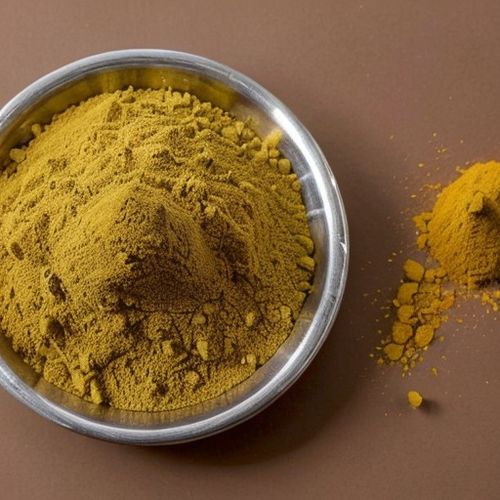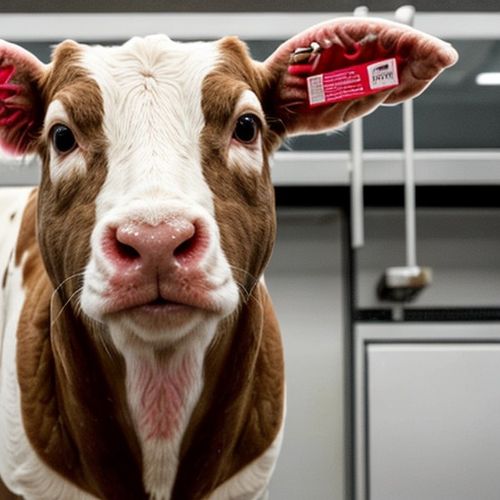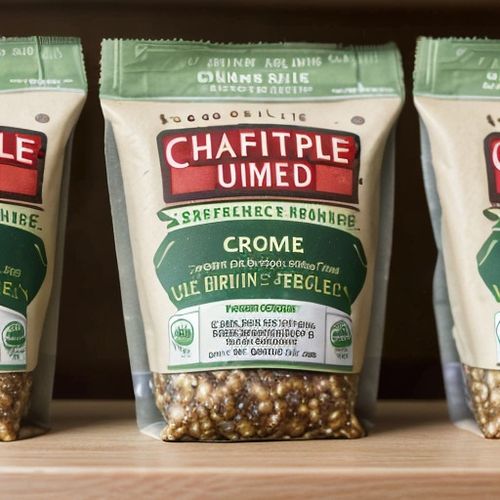The U.S. Food and Drug Administration (FDA) recently granted approval for the sale of lab-grown steak, marking a significant milestone in the alternative protein industry. This decision paves the way for cultivated meat to enter the American market, offering a potential solution to the environmental and ethical concerns associated with traditional livestock farming. However, despite this regulatory breakthrough, the high production costs of lab-grown meat remain a formidable barrier to widespread consumer adoption.
The FDA’s approval of lab-grown steak represents a watershed moment for the cultivated meat sector. For years, companies in this space have been working tirelessly to develop methods for producing real meat from animal cells without the need for slaughter. The technology involves harvesting cells from live animals, which are then nurtured in bioreactors with a nutrient-rich solution to grow into muscle tissue. The result is a product that closely mimics conventional meat in taste, texture, and nutritional profile.
Proponents of lab-grown meat argue that it could revolutionize the food industry by drastically reducing the environmental footprint of meat production. Traditional livestock farming is a major contributor to greenhouse gas emissions, deforestation, and water pollution. In contrast, cultivated meat requires significantly fewer resources and generates far less waste. Additionally, it addresses animal welfare concerns by eliminating the need for slaughter. These benefits have attracted considerable investment from both venture capitalists and major food corporations eager to capitalize on the growing demand for sustainable protein sources.
Despite these advantages, the road to commercialization is fraught with challenges. The most pressing issue is the exorbitant cost of production. Currently, a single lab-grown steak can cost hundreds of dollars to produce, putting it far out of reach for the average consumer. Scaling up production to achieve economies of scale is essential for reducing costs, but this process is both time-consuming and capital-intensive. Companies must also navigate complex regulatory landscapes, as approval processes vary widely across different countries.
Another hurdle is consumer acceptance. While some early adopters are enthusiastic about the prospect of eating meat without the ethical or environmental baggage, others remain skeptical. Misconceptions about the safety and "naturalness" of lab-grown meat persist, and overcoming these biases will require robust public education campaigns. Taste and texture are also critical factors; if cultivated meat fails to match the sensory experience of conventional meat, it may struggle to gain traction in the market.
Industry leaders remain optimistic, however. They point to the rapid advancements in biotechnology and the declining costs of production as signs that lab-grown meat could soon become a viable alternative. Some predict that within the next decade, cultivated meat could achieve price parity with traditional meat, making it accessible to a broader audience. In the meantime, companies are focusing on niche markets, such as high-end restaurants and specialty retailers, to build brand recognition and refine their products.
The FDA’s approval is just the beginning. As the lab-grown meat industry continues to evolve, it will need to address not only technical and financial challenges but also cultural and regulatory ones. The potential rewards are immense: a more sustainable food system, reduced animal suffering, and a new frontier in culinary innovation. Whether or not lab-grown steak becomes a staple on American dinner tables, its emergence signals a profound shift in how we think about the future of food.

By Jessica Lee/Apr 9, 2025

By Eric Ward/Apr 9, 2025

By Grace Cox/Apr 9, 2025

By Joshua Howard/Apr 9, 2025

By Noah Bell/Apr 9, 2025

By Natalie Campbell/Apr 9, 2025

By Grace Cox/Apr 9, 2025

By Emma Thompson/Apr 9, 2025

By James Moore/Apr 9, 2025

By Daniel Scott/Apr 9, 2025

By Victoria Gonzalez/Apr 9, 2025

By Noah Bell/Apr 9, 2025

By Ryan Martin/Apr 9, 2025

By Emma Thompson/Apr 9, 2025

By Emma Thompson/Apr 9, 2025

By Daniel Scott/Apr 9, 2025

By Christopher Harris/Apr 9, 2025

By Joshua Howard/Apr 9, 2025